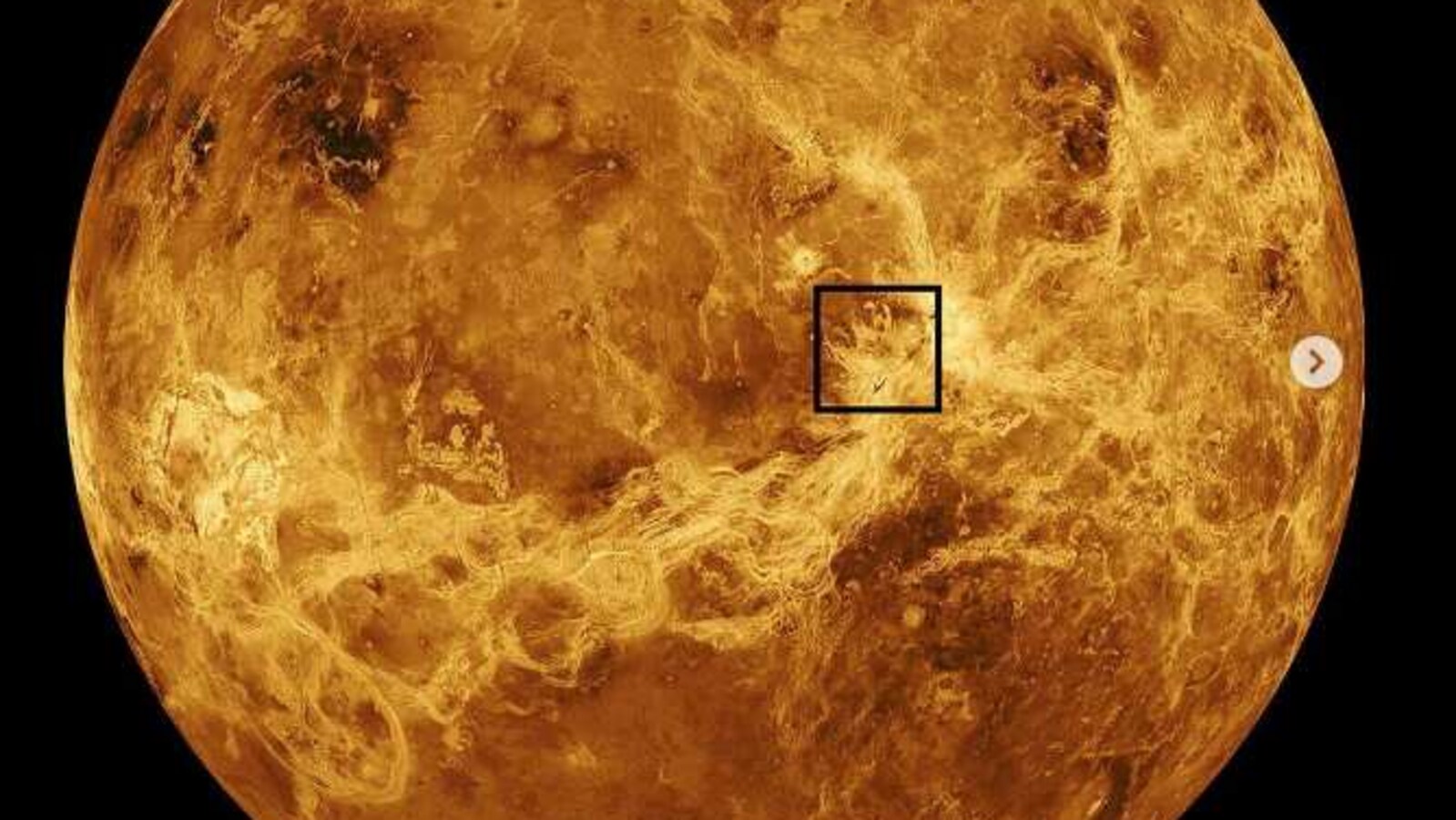
NASA's Magellan Data Discovers Volcanic Activity on Venus for the First Time
NASA's Magellan spacecraft, which orbited Venus from 1990 to 1994, has revealed the first signs of active volcanism on the planet's surface. Scientists from the US and Japan published a paper in the journal Nature Geoscience on Monday, detailing the findings. The discovery suggests that Venus is still a geologically active planet and provides a better understanding of its past and present.
Volcanoes on Venus Matter
The discovery of active volcanoes on Venus is significant because it challenges previous beliefs that the planet is a geologically dead world. The findings offer new insights into the planet's geological and atmospheric processes and could lead to a better understanding of how planets form and evolve.
Venus is often referred to as Earth's twin due to its similar size, mass, and composition. However, the two planets are vastly different in terms of their atmospheres and surface conditions. Venus has a thick, toxic atmosphere that traps heat and makes the surface temperature hot enough to melt lead. It also has a surface covered in lava flows and volcanic plains, but until now, scientists believed that the planet's volcanoes were dormant.
Also Read:
Venus is Alive: Scientists Find Volcanoes Erupting on Earth's Mysterious Twin
The discovery of active volcanoes on Venus was made using data from NASA's Magellan spacecraft, which used radar to map the planet's surface during its mission. The team of scientists led by Justin Filiberto from the Lunar and Planetary Institute in Houston, Texas, analyzed images of four volcanic regions on Venus and found evidence of recent eruptions.
The team discovered a bright spot in the center of a volcanic region called Ganiki Chasma, which they believe is an active lava flow. They also found evidence of recent eruptions in the Atla and Beta Regio regions and a volcanic dome in the Sapas Mons region. The discovery suggests that Venus is still a geologically active planet and that volcanic activity is ongoing.
NASA Spots 1st Evidence of an Active Volcano on Venus, Shares Pics
The discovery of active volcanoes on Venus was announced by NASA on September 13, 2021. The agency shared images of the volcanic regions captured by the Magellan spacecraft and described the discovery as a "revolutionary" breakthrough. The discovery could lead to a better understanding of how planets form and evolve and could help scientists better understand Earth's own geological and atmospheric processes.
Active Volcano Shows Venus is a Living Planet
The discovery of active volcanoes on Venus is significant because it suggests that the planet is still a geologically active world. This challenges previous beliefs that Venus is a dead planet and provides a better understanding of how planets form and evolve. The discovery also provides new insights into the planet's geological and atmospheric processes, which could help scientists better understand Earth's own environment.
Venus Volcanoes May be Active, Show Decades-old Radar Images
Decades-old radar images of Venus have revealed new evidence that the planet's volcanoes may be active. The images, which were captured by NASA's Magellan spacecraft in the early 1990s, show signs of changes in four volcanic regions on the planet's surface. The findings suggest that Venus is a geologically active planet, and its volcanoes are still erupting.
Read More:
That's it for this article.
Thanks for Visiting Us – fixyanet.com


0 Comments